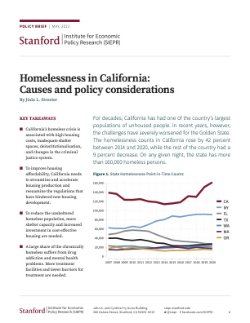By John S. Hollywood, Dulani Woods, Sean E. Goodison, Andrew Lauland, Lisa Wagner, Thomas J. Wilson, Brian A. Jackson
The National Institute of Justice tasked RAND to host a panel of law enforcement experts to identify high-priority needs for innovation in law enforcement, covering advances in technology, policy, and practice. The needs discussed in this report can help prioritize research, development, and dissemination efforts in ways that will provide the greatest value to law enforcement practitioners.
The panel identified four top findings. First, there is a need to improve practitioners' knowledge of available research and technology, starting with a central knowledge repository and research on how to improve dissemination and training methods. Second, there is a need for practices and technologies to improve police-community relations, both to improve encounters with the public and to improve community relations more broadly. Third, there is a need to improve the sharing and use of information in a range of ways. These include means to get crime analysis capabilities to all agencies (including small and disadvantaged agencies), software development to reduce information overload, and model proposal and contract language to make systems interoperable. Fourth, there is a need to reduce backlogs in forensic processing; panelists suggested broadening U.S. Department of Justice forensic grants outside of DNA to help address the backlogs.
Additional high-priority needs included further development of policies and use cases for unmanned aerial vehicles, best practices for selecting and using personal gear, and improving defenses against active shooters. The latter included improving both suspicious activity reporting processes and efforts to educate the public on responding to an active shooter. There is also a need for a review of technologies that might improve officers' health.
Santa Monica, CA: RAND, 2017, 152p.





















